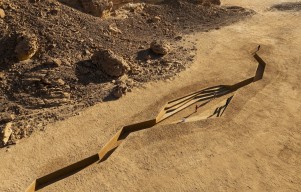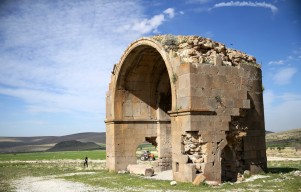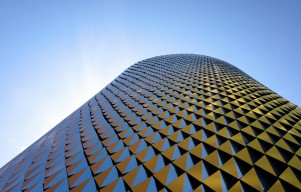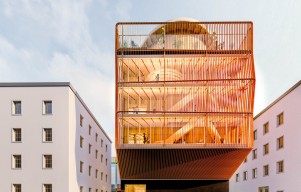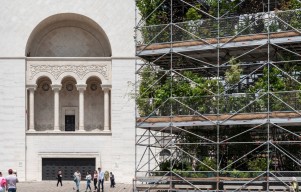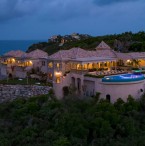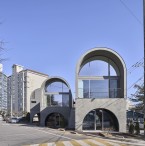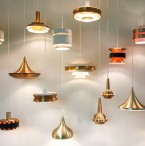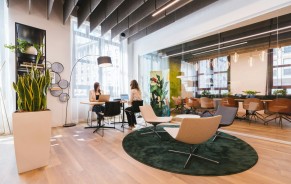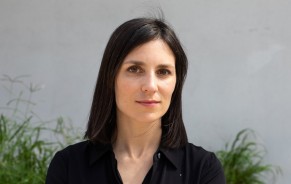Challenging Traditional Notions
The idea of impermanence in modern discourse challenges the traditional view of architecture as a symbol of permanence. Deeply exploring this theme, the Sharjah Architecture Triennial 2023 is curated by Tosin Oshinowo, an architect and curator based in Lagos. Oshinowo challenges us to reconsider the fundamental qualities of architecture in light of transience. As the show progresses, it becomes clear that impermanence is a key component of sustainable architecture and more than a passing state.
Oshinowo's curatorial note articulates the urgency of embracing impermanence in architecture amidst the climate crisis and resource depletion. The theme, "The Beauty of Impermanence: An Architecture of Adaptability," prompts us to question the relentless pursuit of permanence that characterizes modernist ideologies. Instead, it invites us to explore the beauty and efficacy of ephemeral architectures that respond to evolving needs and environmental dynamics.
Also Read: Basic Methods for Mastering the Art of Acoustic Comfort in Residential Architecture
Pivotal Installations
One of the pivotal installations at the triennial is the "Jabala: 9 Ash Cleansing Temple" by Yussef Agbo-Ola of Olaniyi Studio. Inspired by the fleeting rituals of African and Asian tribal communities, this double-tented building symbolizes the fleeting nature of cultural traditions. It promotes a more harmonious coexistence of architecture and nature by acting as a poignant reminder of our interdependence with the natural world. Reflecting on the fragility of our ecosystems and the pressing need for conservation, the temple invites visitors with its immersive design and use of endangered plant and animal species in its façade.
Another compelling installation, "Time Transitions" by RUINA Arquitectura, is a sentinel to the relentless march of progress and urban transformation. Located at the entrance of the old Al Jubail Vegetable Market, this towering watchtower made of iron rods and burlap symbolizes the temporality of built environments. It challenges our perception of development and calls attention to the erasure of traditional structures in favor of technological innovation. The installation embodies the ethos of degrowth and reuse by employing scaffolding and demolition waste as counterweights, emphasizing the cyclical nature of architectural evolution.
A Paradigm Shift
Both installations embody a paradigm shift toward a more thoughtful and flexible approach to architecture. They challenge us to reevaluate how we relate to the built environment and accept the transience of all architectural endeavors. In the face of uncertainty, they show how architecture can promote sustainability and resilience through creative designs and material selections.
In essence, the Sharjah Architecture Triennial 2023 acts as a catalyst for reevaluating architecture's role in the modern period of social unrest and environmental catastrophe. The emphasis on impermanence as a guiding principle forces designers and architects to reconsider their approaches and give flexibility precedence over permanence. As we navigate an increasingly uncertain world, the lessons from these transient installations offer inspiration and hope for a more resilient and sustainable built environment.
Related Article: MVRDV's Circular Pavilion Introduces a Gateway to Dutch Literature at Taipei International Book Exhibition
